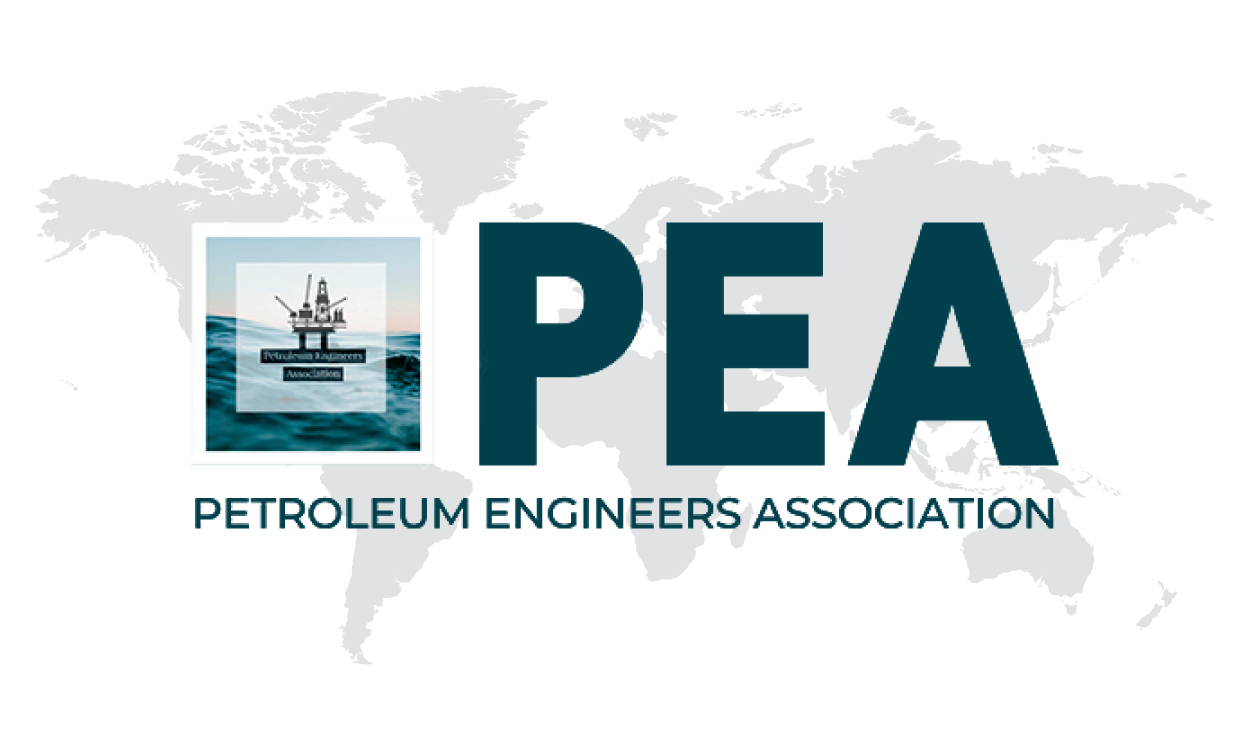About This Course
The objective of this course is to understand the fundamentals of Rock Physics ranging from basic laboratory and theoretical results to practical “recipes” that can be immediately applied in the field. We will present quantitative tools for understanding and predicting the effects of lithology, pore fluid types and saturation, saturation scales, stress, pore pressure and temperature, and fractures on seismic velocity. We will present case studies and strategies for quantitative seismic interpretation and, suggestions for more effectively employing seismic-to-rock properties transforms in conjunction with data science and Bayesian machine learning for reservoir characterization and monitoring, with emphasis on seismic interpretation and uncertainty quantification for lithology and subsurface fluid detection and CO2 geosequestration.
The course is recommended for all geophysicists, reservoir geologists, seismic interpreters, and engineers concerned with reservoir characterization, reservoir delineation, hydrocarbon detection, reservoir development, and CO2 sequestration and monitoring.





